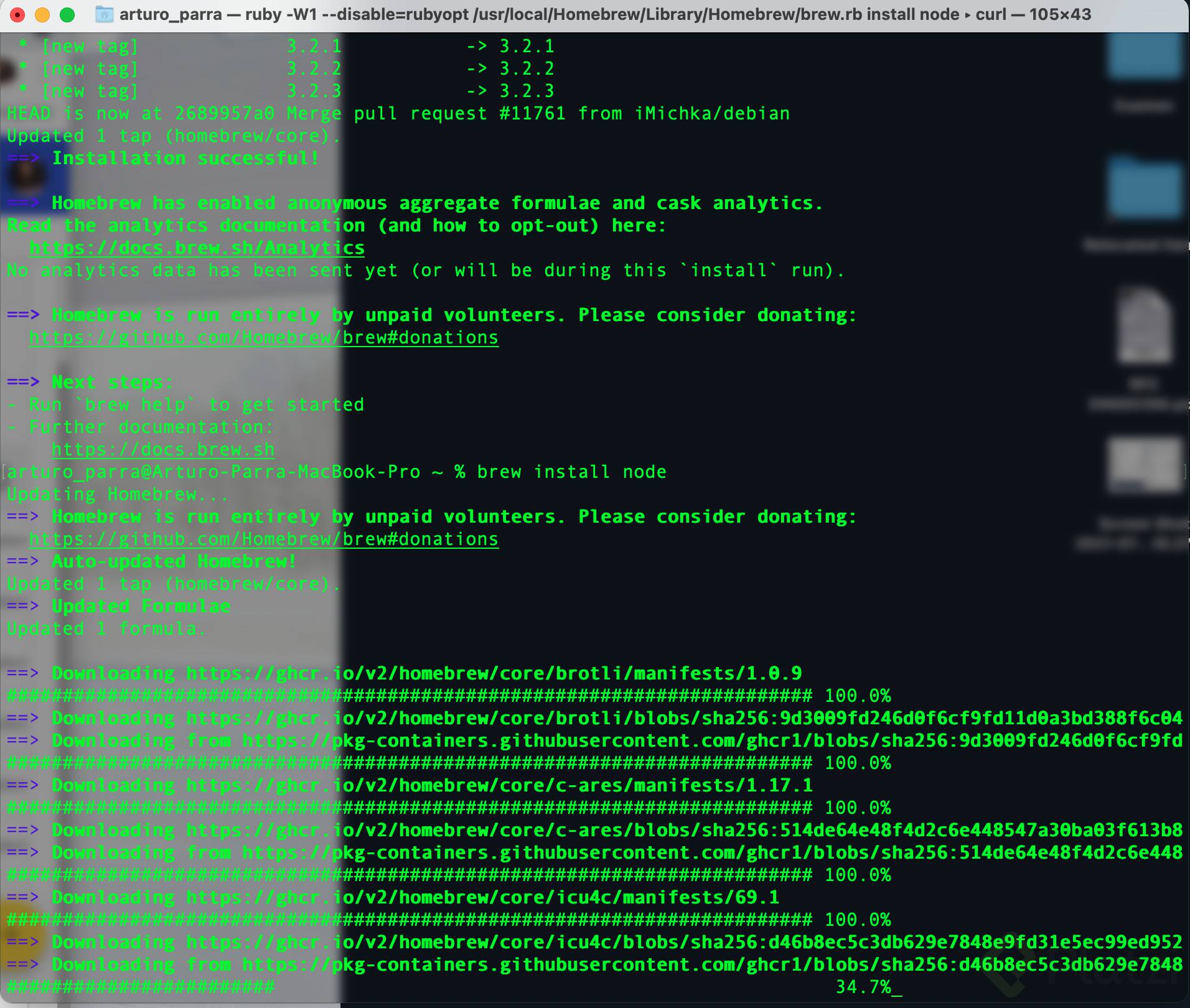
Now, configure the required environment variables. Next, create a directory for NVM at home. Update the Homebrew package list and install NVM. Now, your system is ready for the installation. brew uninstall -ignore-dependencies node brew uninstall -force node Step 2 – Install NVM on macOS

My system already has installed node via Homebrew. If your system already has a node installed, uninstall it first. Login to the macOS desktop system and install Homebrew on your system (if not already installed) ruby -e "$(curl -fsSL )"įor more instruction visit Homebrew installation tutorial.
You must have macOS desktop access with administrator privileges. Note: This requires re-installing any global tools, such as jshint or prettier.This tutorial helps you to install NVM on your macOS system and manage Node.js versions. Then when you need to update versions, remove the node directory ( rm -rf ~/.local/opt/node) and then repeat the above steps with the new version. profile, the Windows Registry, or with pathman) Add $HOME/.local/opt/node/bin to your PATH.Webi is just a small helper / bootstrap script in bash (or powershell on Windows 10), and you could do the same by hand: More info at (also has a link to the source for the bash and powershell) Upgrade / Switch VersionsĪnd then you can switch versions (upgrade, downgrade, etc) like this: webi node # 'stable' is the default tag Or, on Windows 10 (which now includes curl.exe - so no msysgit or cygwin needed): curl.exe -sA "MS" | powershell I realize this is years old, but after dealing with these sorts of file permission and package manager problems myself for many years, a buddy of mine and I created a rather simple solution that works without sudo, and without relying on brew or other package managers.


 0 kommentar(er)
0 kommentar(er)
